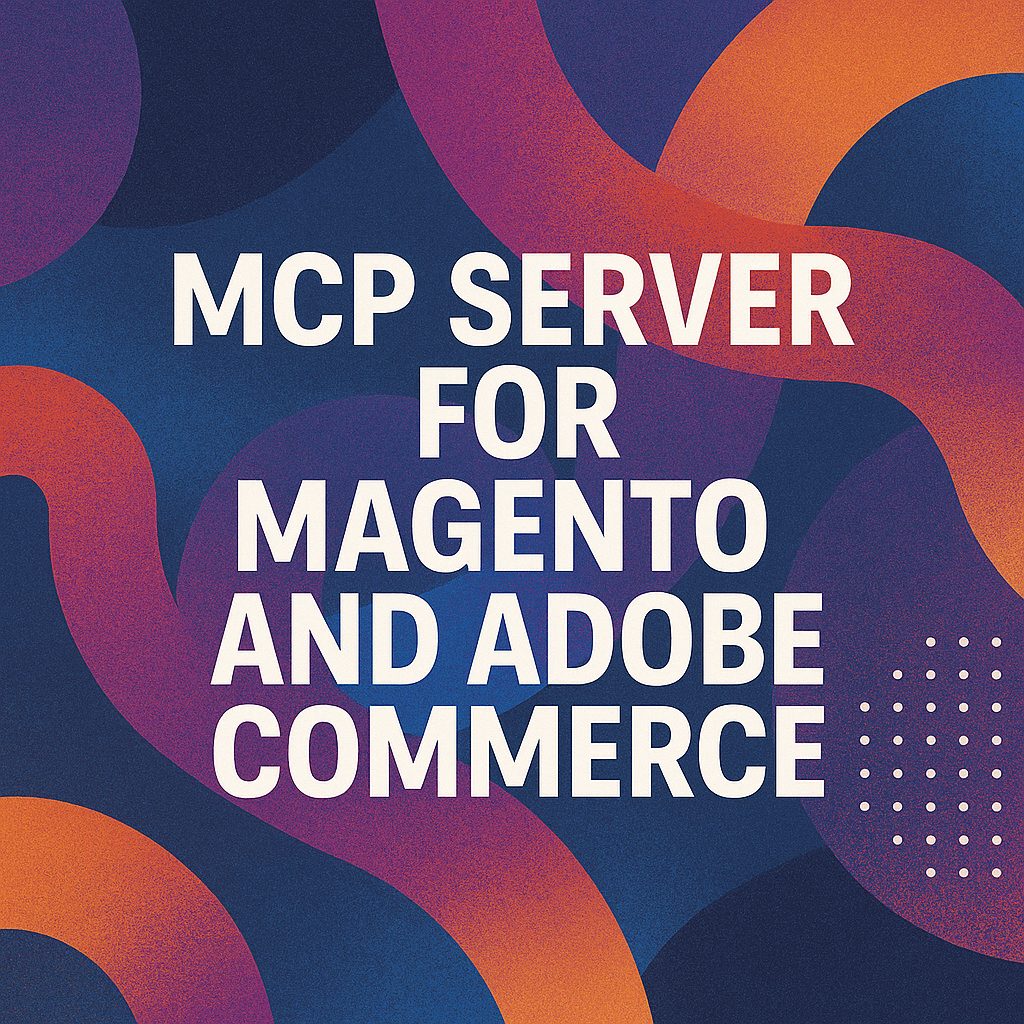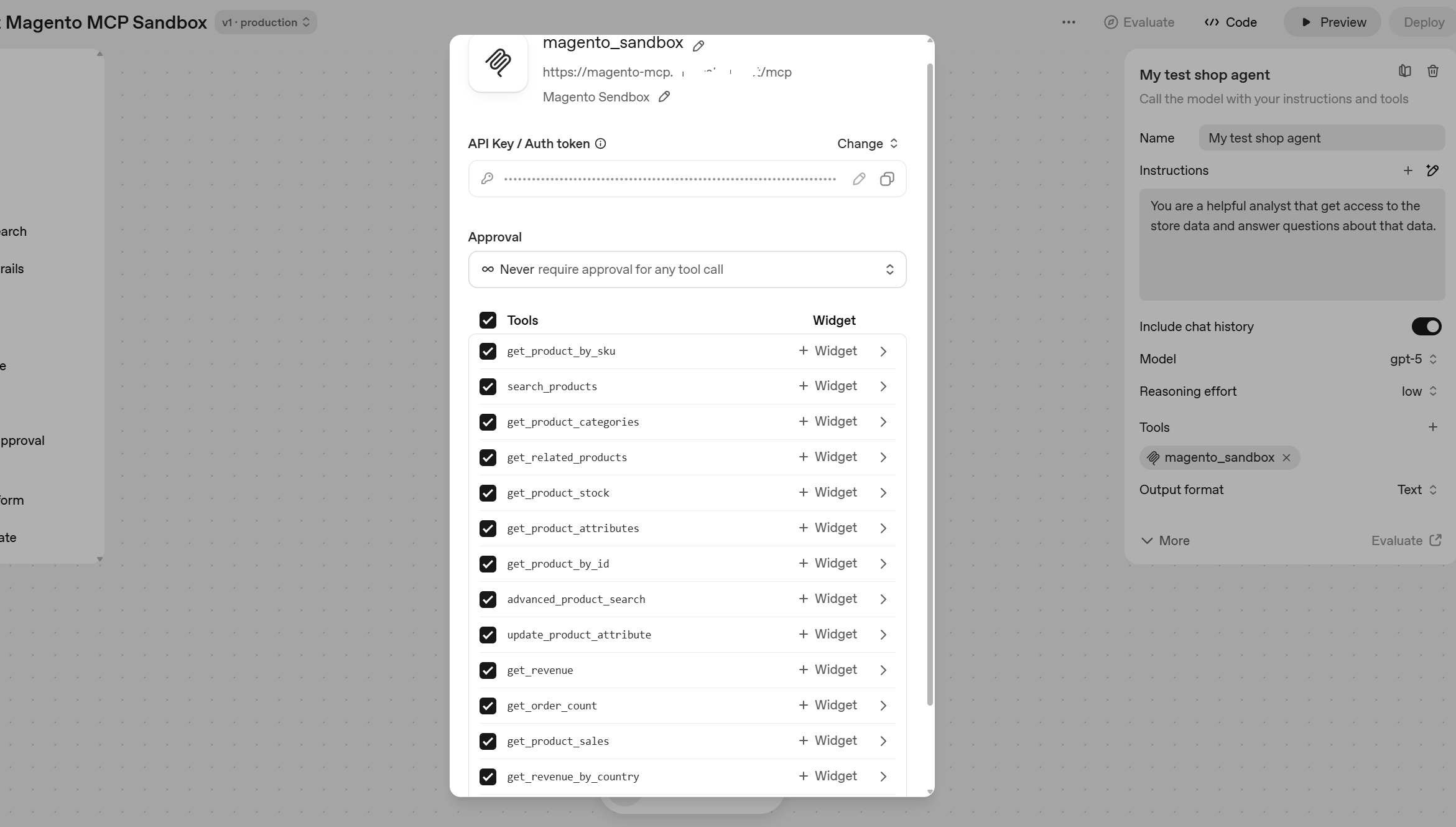Last Friday TJ Gamle interviewed Adobe/Magento Senior Director Strategy Peter Sheldon about Adobe Commerce Cloud, Magento Commerce and Open Source. You may find the whole interview below, I highly recommend to view it if you have 1 hr 20 min of time. If you don’t – you will find the most important in our opinion highlights in this blog post.
Adobe Commerce Cloud and what is the difference between Adobe Commerce Cloud and Magento Commerce Cloud?
Adobe Commerce Cloud is a bundle or portfolio solution from Adobe targeting large businesses, enterprise clients turning several hundreds millions of dollars or more annually.
Magento Commerce (Cloud or on-premise, self-hosted) is one component of this bundle. Other key products that are part of Adobe Commerce Cloud are Adobe Experience Manager (Content Management), Adobe Target (personalisation and A/B testing), Adobe Analytics
The competitors on that market are IBM, Oracle, Hybris, Salesforce.
Peter emphasised several time that typical use case there will be use Magento headless through GraphQL API.
Adobe understands that this suite of solution is an overkill for smaller than large enterprise merchants hence it keeps Magento Commerce as a separate product for this market.
More about Magento/Adobe eCommerce products target markets
| Product | Target Market | Competitors * |
| Adobe Commerce Cloud | Big Enterprises | Hybris, IBM, Salesforce, Oracle |
| Magento Commerce | Mid Market | Shopify Plus, BigCommerce Enterpise |
| Magento Open Source | SMB | Shopify, BigCommerce, WooCommerce |
* we extended list of competitors based on our own knowledge, not all of them were directly mentioned in the interview
Hosting of Adobe Commerce Cloud vs Magento Commerce
Magento Commerce Cloud as a part of Adobe Commerce Cloud is fundamentally the same technical solution, the difference is in service and support.
Currently it is hosted with AWS using Platform.sh In the future Adobe plans to allow hosting with Microsoft Azure.
Source Code Access in Adobe Commerce Cloud
Merchants and their development partners still have access to the source code with Magento Commerce as a part of Adobe Commerce Cloud.
Future of Magento brand
Adobe doesn’t have plans to retire Magento brand, Magento Commerce and Magento Open Source are going to keep their names
Page Builder/Bloofoot
Adobe sees PageBuilder (also known as Bloofoot CMS) as one of the main points of differences between Magento Commerce and Magento Open Source, so it is very unlikely that it will be released even as a paid extension for Magento Open Source.
Magento versions officially supported
As we know, Magento 1.X. EOL is June next year. It has been confirmed once again. Hence if you still on Magento 1.X – you better to migrate.
In general Magento strives to find a balance between keeping the merchants happy not forcing upgrades too early and keeping the cost and the pace if innovation. It is known that upgrades even within Magento 2 major versions like 2.1 to 2.2 are not always easy, Peter told that Magento/Adobe works to improve it.
PIM for Magento
PIM (product information system) isn’t part of what Magento and Adobe offer as their own products. The current suggested approach is to use a partner solution like Akeneo
Magento Open Source future
Peter confirmed Adobe’s commitment to keep and invest in Magento Open Source.





